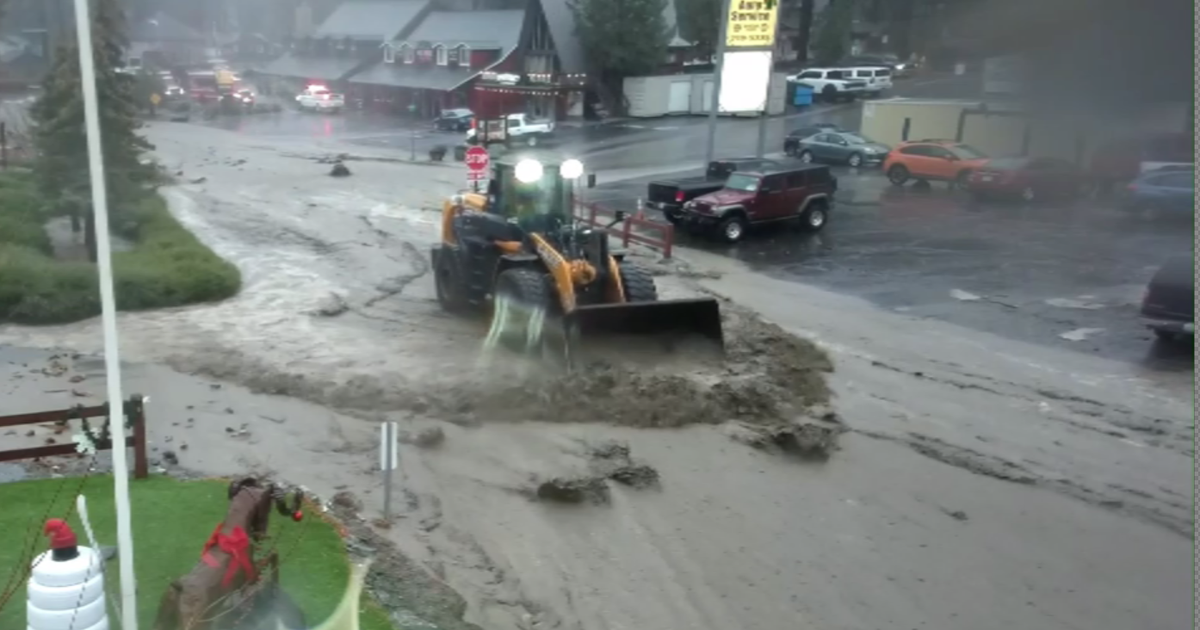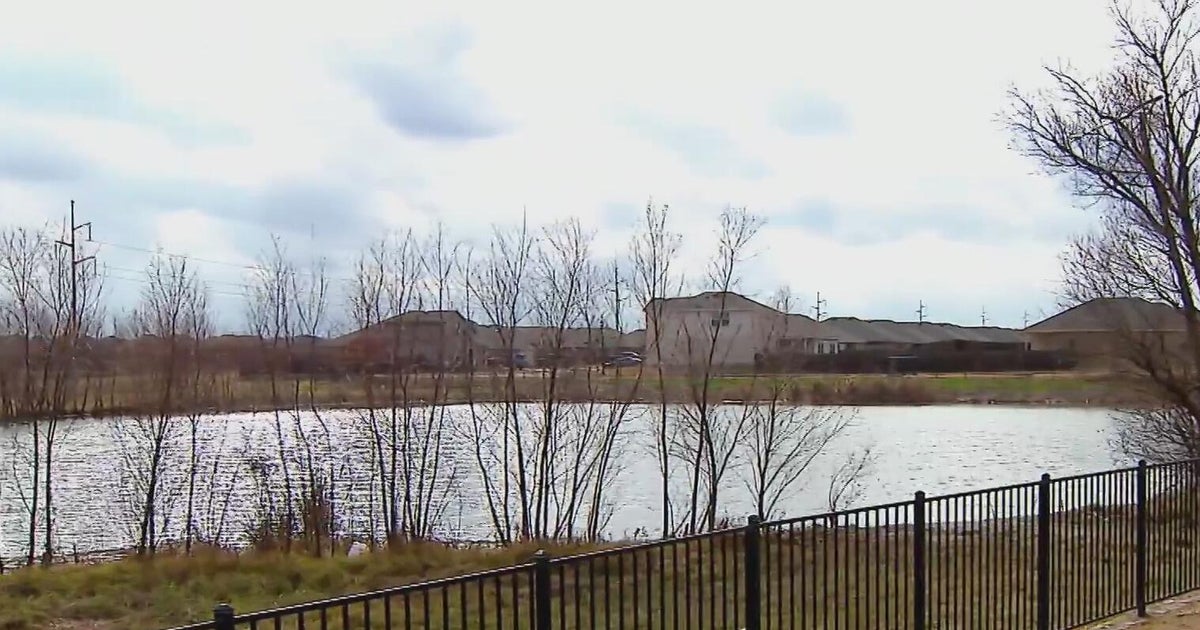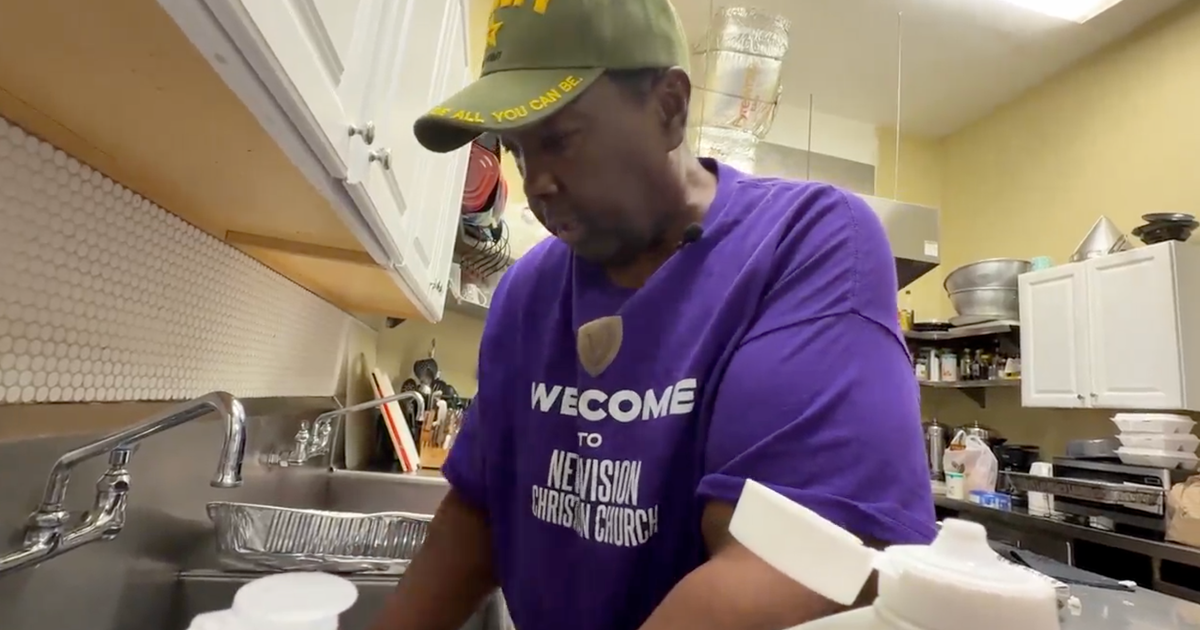What To Do During A Tornado Warning
BOSTON (CBS) - Tornadoes are among nature's most violent weather phenomenon. In minutes, it can rip apart houses, destroy buildings, and take lives.
In New England, tornadoes are fairly uncommon, but a handful strike each year. One of the deadliest single tornadoes in American history occurred in Worcester back in 1953 when a twister killed 94 people.
So, what should you do if you're in an area under a Tornado Warning?
Here are some tornado safety tips from FEMA:
- Know the signs of a tornado, including a rotating, funnel-shaped cloud; an approaching cloud of debris; or a loud roar—similar to a freight train.
- Pay attention to weather reports. Meteorologists can predict when conditions might be right for a tornado.
IF YOU ARE UNDER A TORNADO WARNING, FIND SAFE SHELTER RIGHT AWAY
- If you can safely get to a sturdy building, then do so immediately.
- Go to a safe room, basement, or storm cellar.
- If you are in a building with no basement, then get to a small interior room on the lowest level.
- Stay away from windows, doors, and outside walls.
- Do not get under an overpass or bridge. You're safer in a low, flat location.
- Watch out for flying debris that can cause injury or death.
- Use your arms to protect your head and neck.
TORNADO FACTS:
- They may strike quickly, with little or no warning.
- They may appear nearly transparent until dust and debris are picked up or a cloud forms in the funnel.
- The average tornado moves Southwest to Northeast, but tornadoes have been known to move in any direction.
- The average forward speed of a tornado is 30 MPH, but may vary from stationary to 70 MPH.
- Tornadoes can accompany tropical storms and hurricanes as they move onto land.
- Waterspouts are tornadoes that form over water.
- Tornadoes are most frequently reported east of the Rocky Mountains during spring and summer months.
- Tornadoes are most likely to occur between 3 p.m. and 9 p.m., but can occur at any time.







